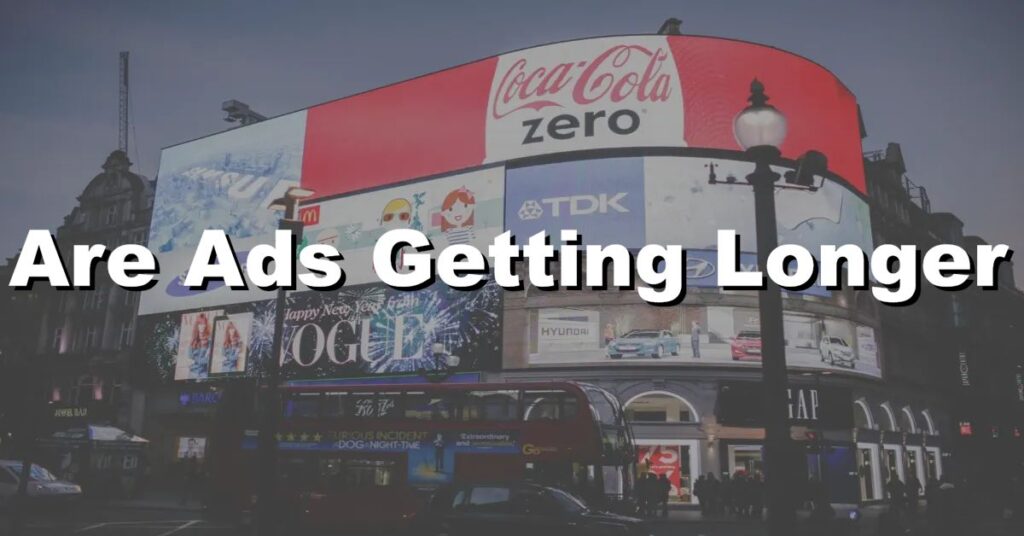As technology continues to evolve, so does the way we consume media. With more people turning to streaming services for entertainment, companies have had to adapt their advertising strategies. One trend that has emerged in recent years is longer ads.
In this article, we will explore whether this is a growing trend and what it means for consumers.
The trend towards longer ads in digital and traditional media:
In recent years, there has been a noticeable shift towards longer ads in both digital and traditional media. Advertisers are increasingly opting for extended ad formats to deliver more immersive and engaging experiences to viewers. This trend is fueled by advancements in technology, allowing for more creative storytelling and the ability to hold viewers’ attention for longer durations.
The pros and cons of longer ads for advertisers and viewers:
Longer ads offer several advantages for advertisers. They provide more time to convey a brand’s message, showcase product features, and create emotional connections with viewers. Additionally, longer ads allow for more complex narratives and storytelling, which can lead to higher brand recall and engagement.
However, longer ads also pose challenges. Viewers’ attention spans are limited, and longer ads run the risk of losing audience interest. Ad fatigue may set in, leading to decreased effectiveness. Furthermore, longer ads can be seen as intrusive or interruptive, especially in digital environments where users have more control over their media consumption.
The impact of attention span and media consumption habits on ad length:
The attention span of viewers has become shorter in the digital age, with increased multitasking and a constant stream of content competing for attention. As a result, advertisers must carefully consider the optimal length of their ads to capture and retain viewers’ interest.
Additionally, changes in media consumption habits, such as the rise of streaming services and on-demand content, have shifted expectations around ad length and the tolerance for interruptions.
The future of ad length and how it may evolve:
The future of ad length is likely to be influenced by the ongoing balance between engaging viewers and respecting their time and attention. Advertisers will continue to experiment with different ad lengths and formats to find the optimal balance that delivers their message effectively.
Shorter, more concise ads may become increasingly popular, catering to viewers’ preferences for quick and easily digestible content. At the same time, longer ads will still have a place in certain contexts where storytelling and immersive experiences are valued.
As technology evolves, personalized and interactive ad experiences may emerge, allowing viewers to choose their preferred ad length or engage with ads in more meaningful ways. Ultimately, the future of ad length will be shaped by audience preferences, media consumption habits, and the ongoing quest for more engaging and effective advertising strategies.
Conclusion
In conclusion, ads are getting longer across all mediums. This trend is driven by the need for advertisers to capture the attention of consumers in an increasingly crowded and competitive landscape. While longer ads can be effective when executed correctly, there is a risk of alienating viewers and driving them away from the content they want to see.
To strike the right balance, advertisers must focus on creating engaging and relevant content that resonates with their audience.

